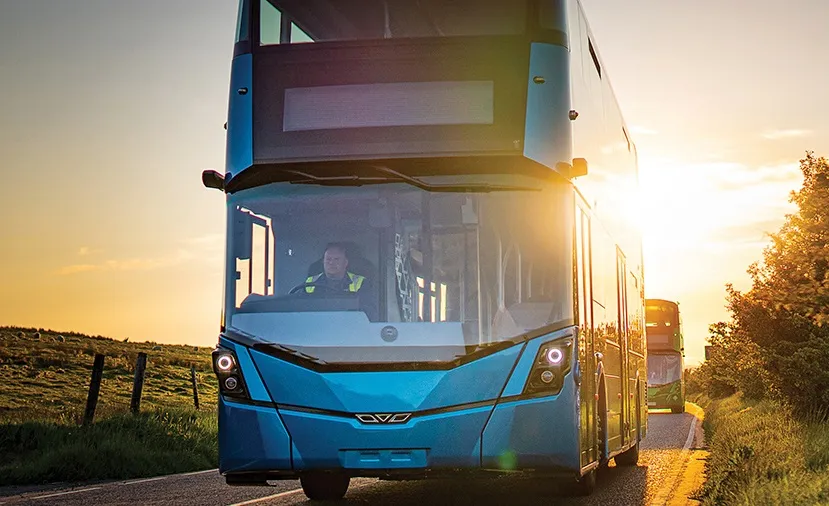Analysis by KPMG has revealed a US$49 billion (£38.9 billion) jump in the value of the UK Government infrastructure and construction pipeline since March 2016. It also revealed that 60 per cent of the US$633.8 billion (£502.3 billion) in pipeline value is predicted to be spent by 2020.
The report, National Infrastructure and Construction Pipeline – KPMG Analysis, reflects a total allocated value of US$633.8 billion (£502.3 billion), from US$584.6 billion (£463.4 billion) in March 2016.
It highlights t
December 9, 2016
Read time: 2 mins
Analysis by 1981 KPMG has revealed a US$49 billion (£38.9 billion) jump in the value of the UK Government infrastructure and construction pipeline since March 2016. It also revealed that 60 per cent of the US$633.8 billion (£502.3 billion) in pipeline value is predicted to be spent by 2020.
The report, National Infrastructure and Construction Pipeline – KPMG Analysis, reflects a total allocated value of US$633.8 billion (£502.3 billion), from US$584.6 billion (£463.4 billion) in March 2016.
It highlights that the largest changes in the pipeline are due to an increase in housing and regeneration, including new spend around Accelerated Build, Affordable Housing and Housing Infrastructure fund programmes. Investment into communications, of which 75 per cent is allocated to the Digital Economy is also highlighted as a reason for the increase
Allocated investment into energy, transport and utilities has remained largely consistent since the last pipelines first, second and third highest spends respectively). Combined they make up a total of 84 per cent of the total pipeline, accounting to US$528 (£419 billion) in value.
Overall, 65 per cent of spend is attributed to projects that benefit the whole of the UK (US$411 billion (£326 billion)) followed by the South at US$91 billion (£71.9 billion) and then the North at US$60.3 billion (£47.8 billion). Spend per capita suggests equal funding per person between North and South.
Richard Threlfall, KPMG’s UK head of Infrastructure, Building and Construction said: “This is the first time the Government has produced a combined infrastructure and construction pipeline. Our analysis confirms that there has been a significant increase in the value of that pipeline, and that energy and transport remain the biggest sectors and hence provide the best opportunities in the UK market. I expect infrastructure investors and the construction industry will both welcome having a comprehensive view of the spending plans of Government and utilities, covering both social and economic infrastructure.”
The report, National Infrastructure and Construction Pipeline – KPMG Analysis, reflects a total allocated value of US$633.8 billion (£502.3 billion), from US$584.6 billion (£463.4 billion) in March 2016.
It highlights that the largest changes in the pipeline are due to an increase in housing and regeneration, including new spend around Accelerated Build, Affordable Housing and Housing Infrastructure fund programmes. Investment into communications, of which 75 per cent is allocated to the Digital Economy is also highlighted as a reason for the increase
Allocated investment into energy, transport and utilities has remained largely consistent since the last pipelines first, second and third highest spends respectively). Combined they make up a total of 84 per cent of the total pipeline, accounting to US$528 (£419 billion) in value.
Overall, 65 per cent of spend is attributed to projects that benefit the whole of the UK (US$411 billion (£326 billion)) followed by the South at US$91 billion (£71.9 billion) and then the North at US$60.3 billion (£47.8 billion). Spend per capita suggests equal funding per person between North and South.
Richard Threlfall, KPMG’s UK head of Infrastructure, Building and Construction said: “This is the first time the Government has produced a combined infrastructure and construction pipeline. Our analysis confirms that there has been a significant increase in the value of that pipeline, and that energy and transport remain the biggest sectors and hence provide the best opportunities in the UK market. I expect infrastructure investors and the construction industry will both welcome having a comprehensive view of the spending plans of Government and utilities, covering both social and economic infrastructure.”








